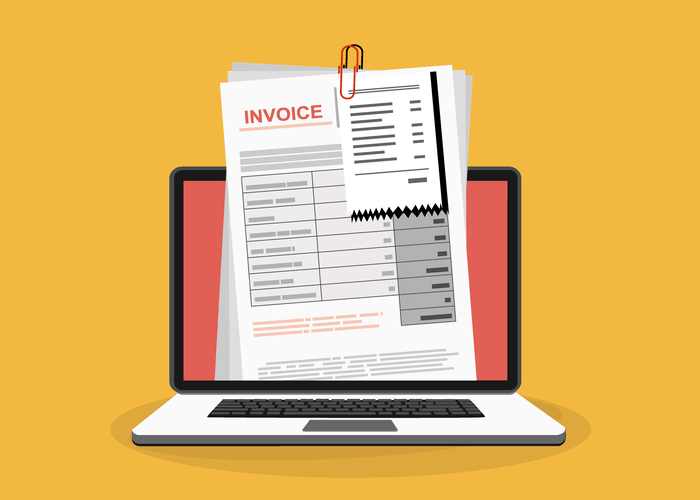
The most common ones are obsolete inventory accumulation and extra inventory storage costs. There are several ways you can improve your ITR if you have a low inventory turnover. Once these figures have been determined, the inventory turnover ratio can be calculated by dividing the cost of goods sold by the average inventory value. If your small business has inventory, knowing how fast it is selling will help you better understand the financial health of your business.
A well-known company with a low inventory turnover is none other than the jewelry company, Tiffany & Co. Their low turnover rate can be attributed to the high cost and slow-moving nature of their luxury products. However, Tiffany & Co. has maintained a strong financial performance, despite its low inventory turnover ratio, due to its high profit margins and loyal customer base. Tiffany & Co. does not only serve as an excellent breakfast location, it also serves as an interesting example of how a low-turnover company can maintain profitability through strategic planning and marketing. Calculating inventory turnover ratio and making adjustments in your inventory management practices can help you notice and address issues such as obsolete inventory and stockouts.
Formula for Inventory Turnover in Excel
Knowing your inventory turnover ratio additionally allows for a better understanding of cash-flow management, through inventory optimization, and decisions dealing with pricing and purchasing. The eTurns TrackStock app can help companies improve their inventory turnover ratio and lower their inventory carrying costs through helpful inventory optimization tools. For example, using TrackStock’s Min/Max Tuning feature allows businesses to carry the ideal amount of inventory based on their past usage, eliminating stockouts while also avoiding excess carrying costs.
Mastering Inventory Turnover Ratio is essential for businesses seeking to optimize their operational efficiency and manage inventory effectively. Understanding this metric empowers companies to make informed decisions, improve cash flow, and achieve better financial which of the following factors are used in calculating a companys inventory turnover? health in a dynamic market environment. Inventory turnover ratio is an efficiency ratio that measures how well a company can manage its inventory. It is important to achieve a high ratio, as higher turnover rates reduce storage and other holding costs.
Turnover Days in Financial Modeling
However, what qualifies as a “good” inventory turnover ratio can vary widely by industry, market conditions, and the specific financial structure of the business in question. Inventory purchases cost money, and if you sell items too slowly, you aren’t turning that inventory into revenue any time soon. Storage costs on unsold inventory add up, and will reduce your profit margin. Understanding what’s not selling can help you understand whether you need to adjust pricing by offering discounts or even dispose of dead stock.

Simply put, the inventory turnover ratio measures the efficiency at which a company can convert its inventory purchases into revenue. As you can see, you can make specific business decisions to move the products more efficiently. You can put them on sale, order more contemporary products and lower the inventory you carry so that you aren’t waiting on sales and have your cash flow hampered. This signals that from 2022 to 2024, Walmart increased its inventory turnover ratio. Management should further explore the cause; it may be due to more efficient processes, or it may be due to more demand for the products it offers.
Understanding the Inventory Turnover Ratio
Other important inventory-centered metrics are inventory accuracy, days on hand inventory, and inventory-to-sales ratio. It’s also a good idea to look at other measures, such as gross margin and return on investment. By looking at all these factors together, you’ll get a more complete picture of how your company is doing.




